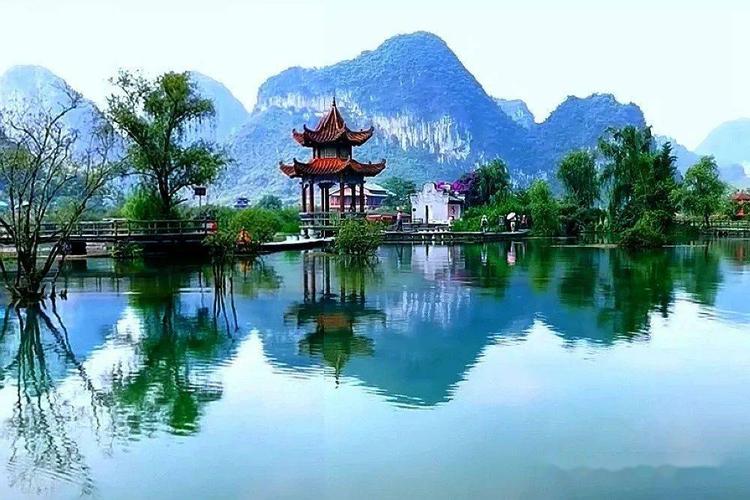Costa Rica is a vibrant Central American nation that is renowned for its stunning landscapes and natural beauty. However, its diverse and colorful cultural traditions are often overlooked. In this article, we will explore three fascinating examples of cultural traditions in Costa Rica that help to make this country unique.
1. Oxcart Traditions
Many people are familiar with the iconic oxcarts that are used to transport goods throughout Costa Rica. However, these carts have a much deeper meaning in Costa Rican culture. In fact, the oxcart was declared a symbol of Costa Rican culture and folklore in 1988. The tradition of painting these carts with intricate and colorful designs has been passed down through generations, and today, they are regarded as an important part of the country’s cultural heritage.
The tradition of oxcart painting started in the early 1900s when oxcarts were used as the primary mode of transportation for coffee production. Farmers painted their carts with vibrant colors and intricate designs to stand out from others, and to showcase their skill as an artist. Today, visitors can witness the traditional art of oxcart painting at various workshops, or they can even purchase their very own miniature oxcart as a souvenir.
2. Chorotega Pottery
The Chorotega people were the indigenous inhabitants of the Guanacaste region of Costa Rica, and they have an important legacy in Costa Rican culture. They are renowned for their intricate pottery designs that reflect the natural beauty of the region. The pottery is carved by hand and adorned with intricate geometric patterns in shades of brown, yellow, and black. The colors and patterns used in Chorotega pottery represent the flora and fauna of the Guanacaste region.
Today, there are still Chorotega communities that continue to practice traditional pottery-making techniques. Visitors can take a pottery workshop and witness the skill and creativity of these artisans. Chorotega pottery is not only a symbol of Costa Rican cultural traditions, but it also represents a link to the country’s indigenous past.
3. Pura Vida Lifestyle
Pura Vida means “pure life” in Spanish, and it is a phrase that you will hear frequently in Costa Rica. The Pura Vida lifestyle is a philosophy of life that emphasizes living in the moment and enjoying the little things in life. The phrase is often used as a greeting or farewell, but it embodies the Costa Rican mindset of living simply and enjoying life’s pleasures.
The Pura Vida lifestyle is not just a cultural tradition, but it is also a state of mind that visitors can adopt during their visit. The country’s natural beauty and laid-back lifestyle are a testament to the Pura Vida way of life. Visitors can take part in activities such as yoga, meditation, or hiking to embrace the Pura Vida lifestyle and immerse themselves in Costa Rican culture.
Conclusion
In summary, Costa Rica has a rich and colorful cultural heritage that is often overshadowed by its stunning landscapes. By exploring the traditions of oxcart painting, Chorotega pottery, and Pura Vida lifestyle, visitors can gain a deeper insight into the country’s cultural identity. These traditions not only represent the past but also inform the present and future of Costa Rican culture. By embracing these traditions, visitors can experience Costa Rican culture in a unique and meaningful way.
(Note: Do you have knowledge or insights to share? Unlock new opportunities and expand your reach by joining our authors team. Click Registration to join us and share your expertise with our readers.)
Speech tips:
Please note that any statements involving politics will not be approved.
